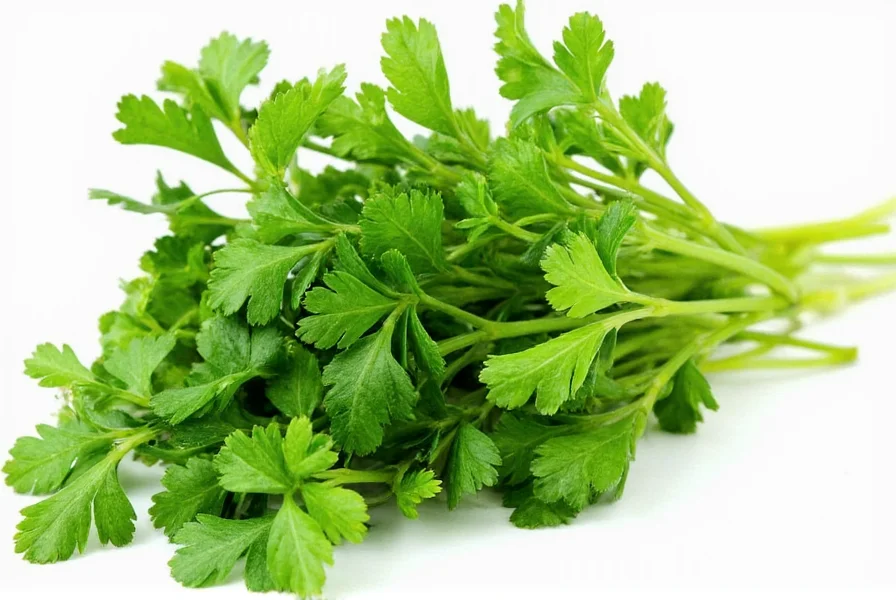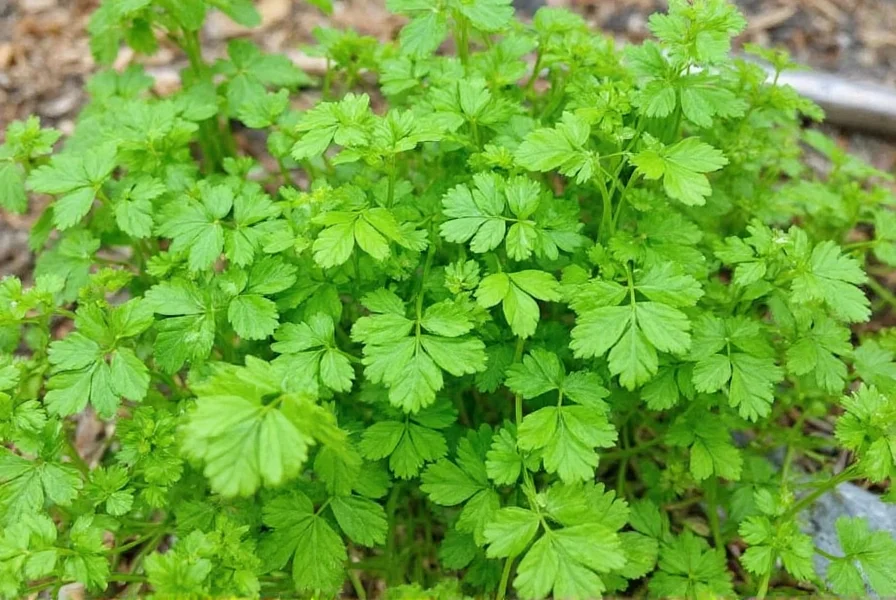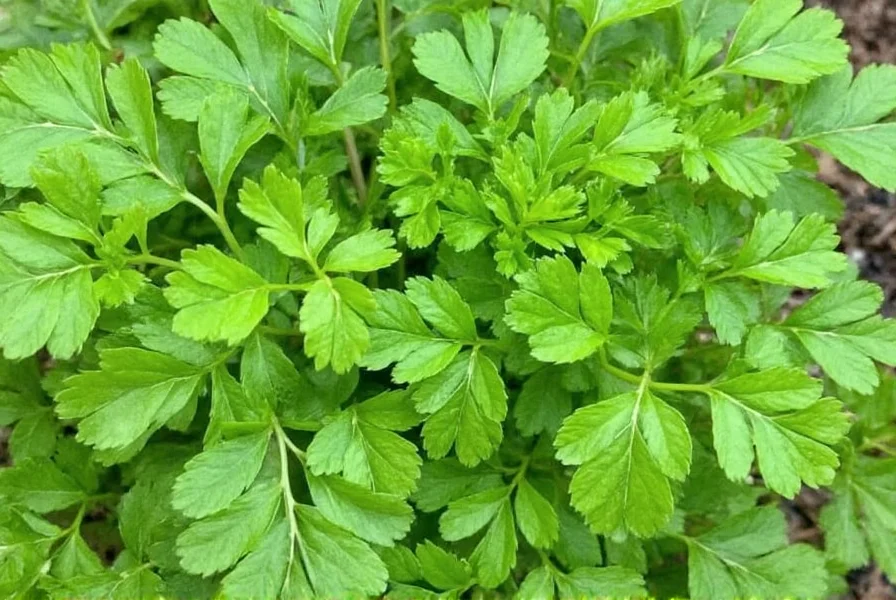Understanding what coriander is requires recognizing this fundamental regional distinction that often causes confusion among home cooks and culinary professionals alike. This annual herb belongs to the Apiaceae family, sharing botanical relations with parsley, carrots, and celery. The plant grows to approximately two feet tall with slender stems, delicate lacy leaves, and produces small round seeds that become the spice known globally as coriander seeds.
Botanical Identity and Plant Characteristics
Scientifically classified as Coriandrum sativum, this versatile plant features distinct characteristics depending on which part you're examining. The fresh leaves have a bright, citrusy aroma with subtle peppery notes, while the mature seeds develop a warm, nutty fragrance with lemon undertones. The plant produces small white or pink flowers that eventually yield the spherical coriander seeds, typically measuring 1-2mm in diameter.

Regional Terminology Differences Explained
The terminology confusion surrounding coriander stems from historical linguistic evolution across English-speaking regions. This distinction represents one of the most common points of confusion when defining coriander:
| Region | Leaves/Stems Term | Seeds Term |
|---|---|---|
| United States | Cilantro | Coriander |
| United Kingdom | Coriander | Coriander seeds |
| Canada | Mixed usage | Coriander |
| Australia/New Zealand | Coriander | Coriander seeds |
When exploring what is coriander in culinary contexts, this regional variation significantly impacts recipe interpretation. An American chef requesting "coriander" expects the seeds, while a British chef asking for the same ingredient requires the fresh leaves. This distinction proves essential knowledge for anyone working with international recipes or cooking across cultural boundaries.
Comprehensive Culinary Applications
Understanding how to use coriander requires examining each plant component separately, as their flavor profiles and culinary applications differ substantially. Professional chefs and home cooks seeking to master coriander usage should recognize these key distinctions:
Fresh Coriander Leaves (Cilantro)
The vibrant green leaves feature prominently in Latin American, Indian, Southeast Asian, and Middle Eastern cuisines. Their bright, citrus-forward flavor works best when added at the end of cooking or used raw in salsas, chutneys, and garnishes. Heat diminishes their distinctive flavor, making them ideal for fresh applications rather than prolonged cooking.
Coriander Seeds
These dried seeds transform through toasting, releasing warm, citrusy, and slightly peppery notes. Ground coriander seed appears in curry powders, pickling spices, sausages, and baked goods. Whole seeds work well in brines, marinades, and preserved vegetable recipes. The seed's essential oil contains linalool, which contributes to its distinctive aromatic profile.
Coriander Roots and Stems
Often overlooked in Western cooking, the roots and thicker stems feature prominently in Thai cuisine, particularly in curry pastes. These parts contain concentrated flavor compounds, making them valuable for building foundational flavors in many traditional dishes.

Nutritional Profile and Health Considerations
Both fresh coriander leaves and seeds offer nutritional benefits that contribute to their global culinary prominence. The leaves provide significant amounts of vitamins A, C, and K, along with dietary fiber and antioxidants. Coriander seeds contain essential minerals including iron, magnesium, and manganese, plus dietary fiber and plant compounds with potential health benefits.
Research suggests coriander may support digestive health and possess antioxidant properties, though these potential benefits shouldn't be overstated when simply defining what coriander is. The herb's primary value remains its distinctive flavor contribution to global cuisines rather than any specific medicinal properties.
Practical Usage Tips for Home Cooks
Successfully incorporating coriander into your cooking requires understanding proper handling techniques for each plant component:
Storage Recommendations
Fresh coriander leaves maintain optimal quality for 4-7 days when stored properly. Trim the stems, place in a glass with water (like flowers), cover loosely with a plastic bag, and refrigerate. Change the water every other day. For longer storage, chop the leaves and freeze in ice cube trays with water or oil.
Substitution Guidance
When seeking what to use instead of coriander, consider these alternatives based on which part you're replacing:
- Fresh leaves substitute: Flat-leaf parsley with a squeeze of lime juice
- Coriander seeds substitute: Cumin (use half the amount) or a combination of fennel and caraway seeds
- For authentic flavor: No perfect substitute exists for fresh coriander's unique profile
Cooking Techniques
Maximize coriander's flavor potential by following these professional techniques:
- Toast whole seeds in a dry pan over medium heat for 1-2 minutes until fragrant before grinding
- Add fresh leaves during the final minute of cooking or as a garnish
- Use stems in stocks and sauces where leaf texture would be undesirable
- Freeze excess fresh coriander in oil for later use in cooked dishes
Historical Context and Global Significance
Coriander's culinary journey spans millennia, with archaeological evidence of its use dating back to 5000 BCE. Ancient Egyptians incorporated coriander seeds into burial rituals, while Greek and Roman civilizations valued both the leaves and seeds for culinary and medicinal purposes. The plant's name derives from the Greek word "koris," meaning bedbug, referencing the unripe seeds' distinctive odor.
As trade routes expanded, coriander traveled across continents, adapting to various culinary traditions. Its ability to thrive in diverse climates contributed to its global dissemination, with regional variations in usage developing over centuries. This historical context proves essential when fully understanding what coriander represents in contemporary cooking.
Common Misconceptions Clarified
Several persistent myths surround coriander that deserve clarification when providing an accurate definition:
- Myth: Coriander and cilantro come from different plants
- Fact: They originate from the same Coriandrum sativum plant
- Myth: People who dislike cilantro have a taste disorder Fact: Genetic variations affect perception of certain compounds, but this doesn't constitute a disorder
- Myth: Coriander seeds and cilantro leaves taste identical Fact: They have distinctly different flavor profiles due to varying chemical compositions











 浙公网安备
33010002000092号
浙公网安备
33010002000092号 浙B2-20120091-4
浙B2-20120091-4